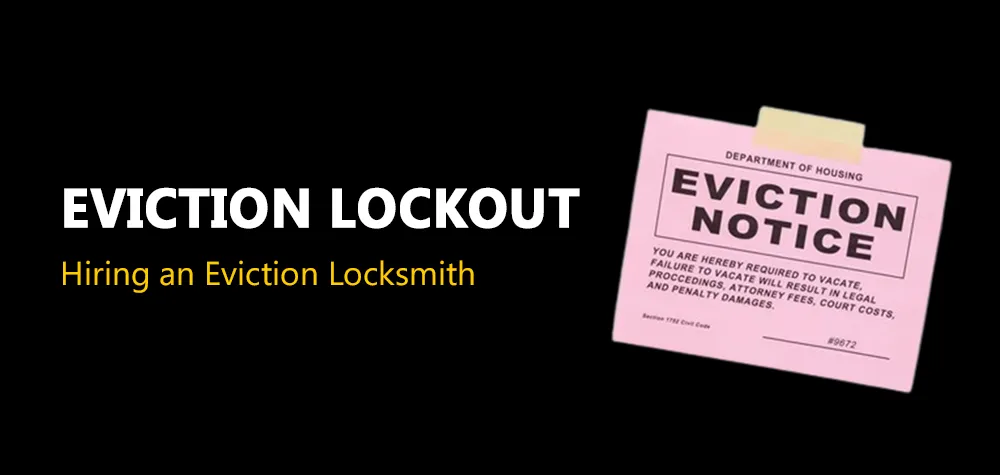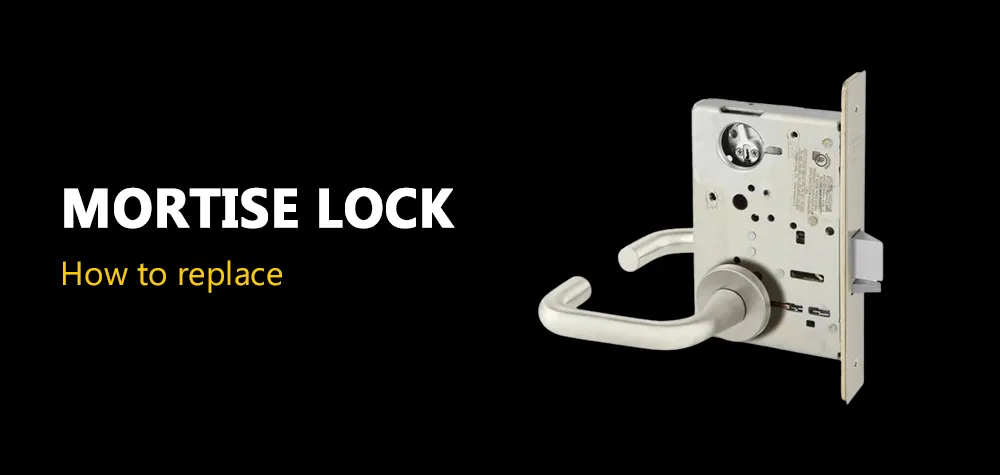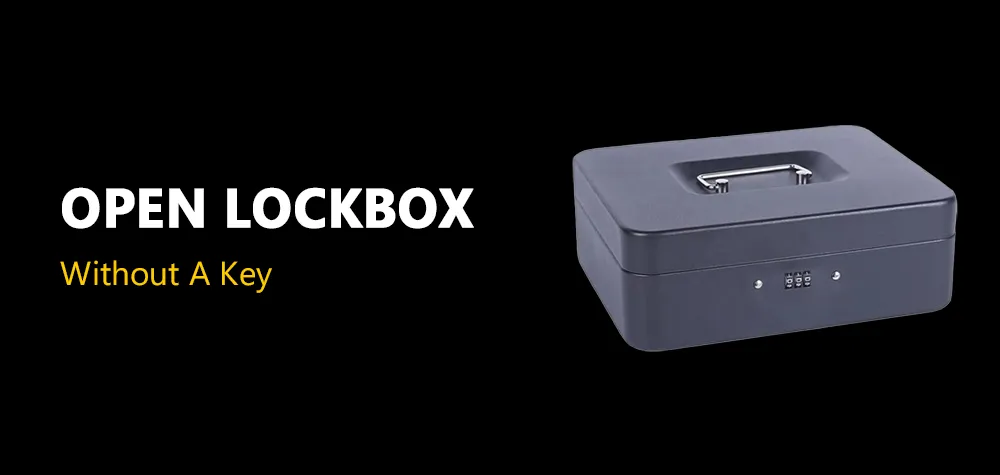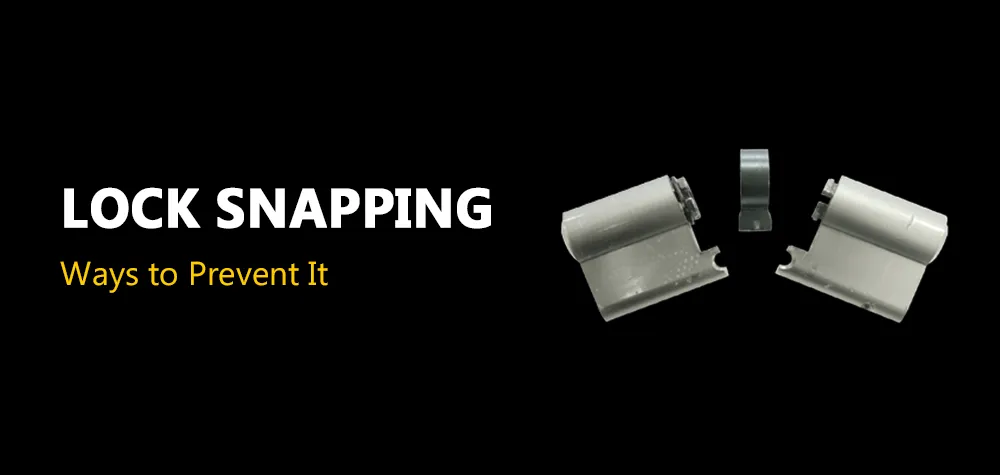11 Solid Tips to Keep Your Home Safe When You Travel
Call Us Any Time!
24/7 Residential, Commercial & Automotive Locksmith Services
If you’re not going to be home for an extended period of time, maybe on a vacation or business trip, your home will be vulnerable to attacks and robbery. But you can take certain measures to ensure any attempt by criminals is either too difficult to implement or just outright impossible. Here we go:
1. Install a surveillance camera
Surveillance cameras were once the size of a letterbox and were primarily used by businesses or wealthy homeowners. Fortunately, times have changed. Advances in technology have made it possible to reduce the size and cost of surveillance cameras, making them now accessible and affordable for home video surveillance.
Today smartphones have replaced pagers, they can fit in a pocket and just about everyone has one. The same goes for surveillance cameras. Advances in technology have made it possible to reduce the size and cost of surveillance cameras, making them more affordable now.
A surveillance camera allows you to monitor one or more places in your home. Install an IP camera at the front of your house and you can monitor the comings and goings from a distance! Some thieves who don’t want to take risks will even turn back when they see your cameras.
2. Equip yourself with an alarm system
If you are equipped with a complete alarm system connected to a monitoring station, you make sure you are well protected. In the event of an intrusion into your home, an alarm will be triggered and the signal will be sent to the center, which can quickly notify the police.
3. Notify thieves
Have you installed an alarm system and a surveillance camera? Indicate their presence to criminals. By installing stickers, you will be able to deter thieves who would not dare to take the risk of entering a protected house.
4. Hide valuables
Keep your valuables out of sight. If thieves are able to spot the contents of your home just by thinking ahead, you allow them to spot their loot. So keep these goods away from windows. To hide smaller items, get a safe, and store your valuables there.
5. Pay attention to your keys
Many people are used to hiding a duplicate of their key outside their home. This technique should be avoided because it quickly allows a thief to find a simple way to break into your home. Instead, give a key to someone you trust who will help you out if you need it. Also, do not put your name or address on your keys. It would then be quite easy for a burglar to find your home.
6. Do not announce your departure
Are you going on vacation for a few weeks and want to share the good news with your loved ones? Even if the desire is great, it is better not to announce your absence on social networks or on your voicemail. This information can quickly end up in the hands of a thief!
7. Give the impression that his house is inhabited
A house that has been uninhabited for a few days may indicate the absence of its owners. To deceive burglars, you can equip yourself with a timer that will turn the lights on and off in your home at convenient times. You should also avoid letting the mail and newspapers pile up on your doorstep.
8. Check doors and windows
Always make sure to lock all of your doors and windows, even those that are high up. Add bars to the basement and downstairs windows to prevent thieves from entering. To maximize your safety, you can also install small thorn trees in front of your windows. No thief will want to mess with it!
9. Be careful with the plants you have around your house
Burglary enthusiasts prefer azaleas. If you’ve planted them around your windows, burglars can use them to act on the sly! It is for this reason that you must maintain your azaleas. You should also not forget your bushes and hedges.
In addition, there are plants that you can use to scare off burglars. By planting for example roses and stinging plants under the openings of your home, you will achieve your goals.
10. Set up exterior lighting
Do not hesitate to set up lighting systems controlled by motion detection, if the surroundings of your home are less illuminated. Discretion and tranquility are factors that allow burglars to operate properly. They will therefore not have the courage to attack your door if it lights up as soon as they approach it. Then the security of your home starts from the outside, so don’t leave anything to chance!
11. Tidy up your garage
If your garage is crowded, then you risk parking your car outside. However, there is no longer a great way to let the burglar know that you are in your apartment than to park your vehicle in the yard. It is therefore essential that you take the time to tidy up your garage, to always make room for your vehicle. The use of a mechanical closure will also allow you to increase the safety of the latter. Don’t forget to integrate your garage door and its perimeter into your safety mechanism.
And finally…
Hire a Locksmith to Give Expert Advice for Your Unique Situation
In the end, you can make your security even better if you have an expert locksmith giving sharing their experience with you. All you have to do is call the right one before you leave your home. When you’re not around, your home doesn’t have to stay unguarded.
7 Timeless Tips to Find the Best Locksmith in Arizona
- Whenever possible, do online searches on potential locksmiths. It is not hard to find reviews for locksmiths and other services online. Just be sure that the locksmith is not affiliated with the review site. In addition, check with the local BBB office before you hire a locksmith.
- Verify a locksmith’s credentials before letting them into your home. This can be done by cross-referencing the business address listed with the phone number.
- One of the first questions you ask a locksmith is how many years they have run their business. Make sure they’ve also been operating from the same location. A company with more than five or ten years of experience in one area is probably on the up and up.
- Find out how long a locksmith has been in business. If it’s been active for a long time, most likely the company is one that you can trust. You shouldn’t automatically distrust a new locksmith, but do know that not having many years of experience is a caution flag.
- Don’t always believe a locksmith that says they have to replace your lock. A capable locksmith will get your door open without drilling and replace your lock, and you should also be able to get a new key.
- There are many websites that provide reviews online. Make sure review websites are not run by a locksmith. You should also go to your local BBB before you decide on a good record with the Better Business Bureau.
- It is in your best interest to Google the person who comes to do the job. Don’t feel embarrassed when you do; protection of yourself isn’t just about looks. If there is something about the person that rubs you the wrong way, contact the company, and request that another person comes to your home to do the job.
Do you have more questions about the security of your home? Contact the experts at Brothers Locksmith for more advice!



All Rights Reserved | BROTHERSLOCKSMITH.COM
Privacy Policy






